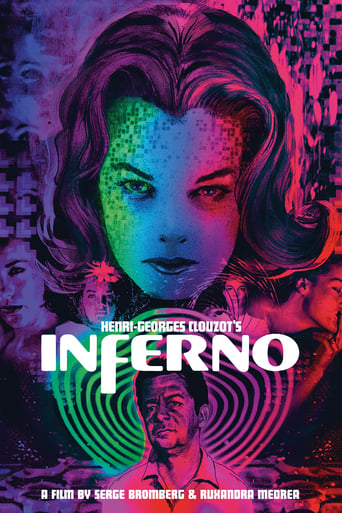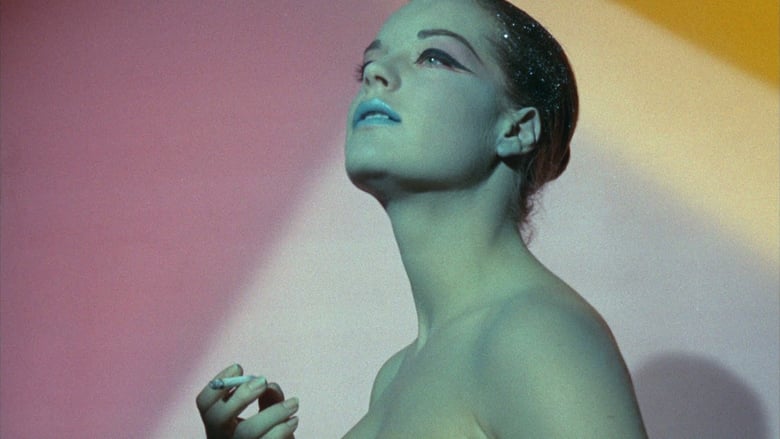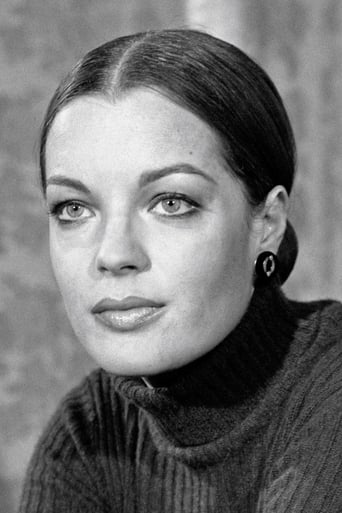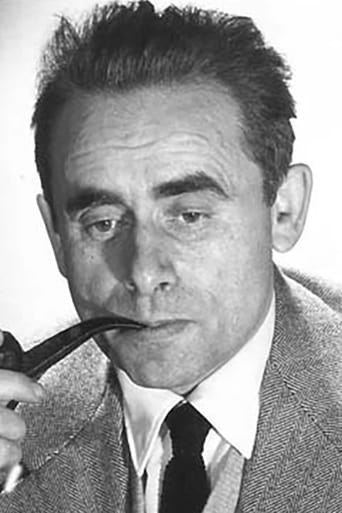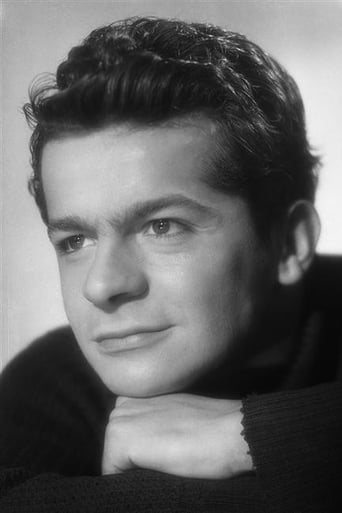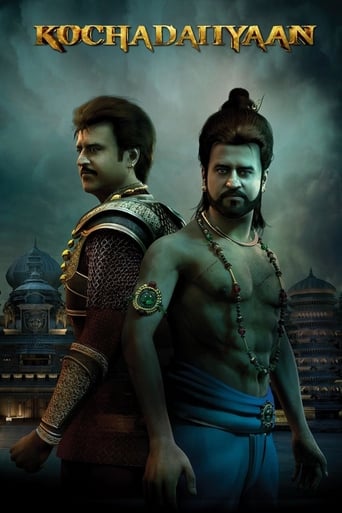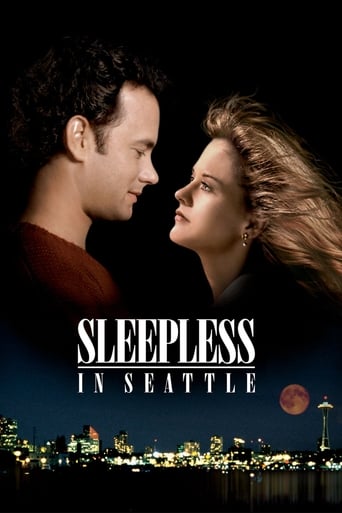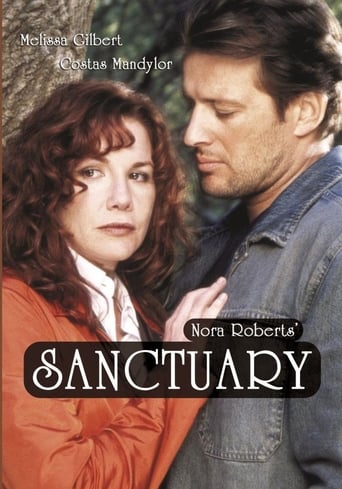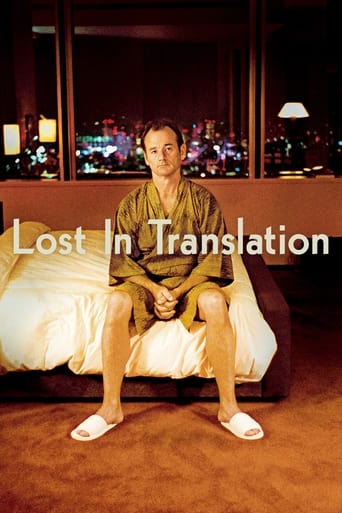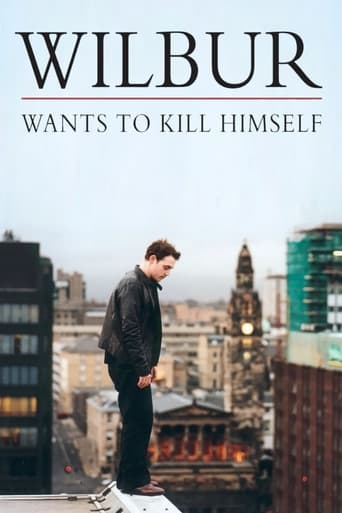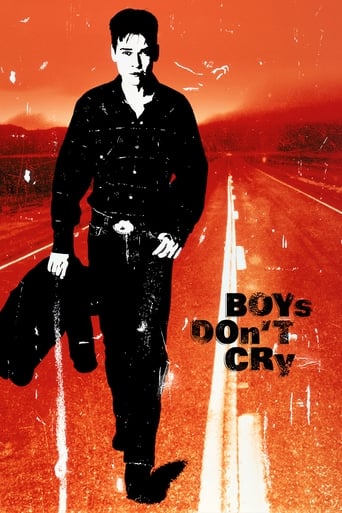Henri-Georges Clouzot's Inferno (2009)
In 1964, Henri-Georges Clouzot's production of L'Enfer came to a halt. Despite huge expectations, major studio backing and an unlimited budget, after three weeks the production collapsed. This documentary presents Inferno's incredible expressionistic original rushes, screen tests, and on-location footage, whilst also reconstructing Clouzot's original vision, and shedding light on the ill-fated endeavor through interviews, dramatizations of unfilmed scenes, and Clouzot's own notes.
Watch Trailer
Cast
Similar titles

Reviews
Best movie of this year hands down!
The performances transcend the film's tropes, grounding it in characters that feel more complete than this subgenre often produces.
In truth, there is barely enough story here to make a film.
This is one of the few movies I've ever seen where the whole audience broke into spontaneous, loud applause a third of the way in.
I'm a great admirer of Serge Bromberg. He is a man who will share and communicate his love for movies. But he is first and foremost a film collector, so he has too much respect for shelved and forgotten material, which I reckon is good to explain you how some rare silent newsreel is interesting, or to teach younger generations the importance of Meliès in pushing cinema beyond the mundane recording of live action.Any movie buff will admire the work of Clouzot, so the pitfall was too much respect for a doomed project. There is very little insight about the unfinished movie. The answer comes late in the documentary, by that time we would have guessed by ourselves with all the clues, with all the experimentation and all the images and talk isolating Clouzot from the production reality. Sure Clouzot badly needed some kind of associate, be it a producer and/or a writer. In short, as a creative mind with lots of responsibilities he needed a sparing partner for his ideas. Someone who would stay focused and help sober Clouzot after an experimental binge. But everybody respected Clouzot as a genius, or feared him, and they didn't feel they could understand him, let alone speak up to him.Now this is the main point with L'Enfer, and should have been the heart of the documentary. Instead we have a flat chronological montage of a prologue + prep + shoot. Such an approach would be OK for a 25min. runtime, but it's way overblown to 90min. Sure there were plenty rushes, fascinating images. The real homage would have been to tell a story with these images, inventing a context, not scholarly laying out the facts. At least the book Romy dans l'Enfer is much better since it chooses one approach, the one that stands out in all the presumably exhausting experimental work of Clouzot.
This, apparently, is a film where you gain prestige by saying you like it, thereby associating yourself with the great insane folk of the past, always a sure way to build cred. In my view, if someone has to tell you that someone is (or was) great, they probably don't know what they are talking about. If your greatness is limited to a time or place, you're not great. Sorry, but that's the way it is.In this case, the emperor has no clothes.Half of the audience I saw this with could not bear to sit through it to the end, and like Serge and Jean-Louis, they simply walked out. If that was the desired effect, then the filmmakers did great -- at failing.This film didn't know whether it wanted to tell the story IN the film, or the story OF the film, so it tried to do both, thus failing at both. You've got footage mixed in with experiment mixed in with interviews mixed in with acting, and then there's a soundtrack which we're told didn't exist.What I liked most about the film was the experimental footage, but even that got old rather quickly. There's only so long a person can be dazzled by the idea of rotating a light about someone's face in different colours. We get it already. To be fair, there are a number of other quite interesting shots, including for some reason a sea of noses, and a sparkly cellophane strangulation.I do hope to one day see the 1994 L'enfer, which was adapted from the 1964 failure. It currently has a 7.0 score on IMDb, so I hope it will be time well spent.
Documentaries rarely come more fascinating than this. Clouzot's lost masterpiece, abandoned when the director suffered a heart attack during the interminable shooting of it. The interviews with Catherine Allégret, Costa Gavras and other participants in Clouzot's project are informative, particularly on the subject of the experimental sound track and the innovations in use of film stock that turned water red. But it is the human drama, not the technological wizardry that fascinates here. Clouzot simply took on too much: writing, directing and producing, as well as overseeing all aspects of casting, music, art direction... The American studio gave him too much money and power for this project, and this almost destroyed him.Jacques Gamblin and Bérénice Bejo take over the parts Reggiani and Schneider played, and they flesh out the story well enough. (See Cluzet and Béart in Chabrol's remake for a really great experience.) I went to see the footage with Romy Schneider, and I wasn't disappointed. She was the most beautiful of European actresses, and Clouzot's camera adores her. Romy smoking, Romy with a blue tongue, Romy trussed naked on a train track, Romy being followed through the town by Reggiani. Rest assured, I will be getting the DVD.
'L'Enfer d'Henri Georges Clouzot' is one of those documentaries, like Fulton and Pepe's 'Lost in La Mancha,' about a movie that never got finished. This one concerns a film of 1964. Not a suspense thriller like the director's famous 'Wages of Fear' (1953) or 'Diabolique' (1955), which gained him art-house notoriety in the States and made him seem a French competitor of Hitchcock, or his earlier detective meller masterpiece 'Quai des Orfevres' (1947), 'Inferno' ('L'Enfer') was a psychological study of jealousy, with Serge Reggiani as stricken husband Marcel and the young, but already stellar, Romi Schneider as his too-pretty, flirtatious wife, Odette (references to Proust?). But things got too complicated and the movie never happened.In 1994, Claude Chabrol did his film of 'Inferno,' having purchased the script from Clouzot's widow, Inez. In both cases, the essence of the tale is that the hotel owner's suspicions lead to paranoid delusions that overpower him. But Chabrol represents one of the primary Cahiers du Cinema branch of the French Nouvelle Vague, which was at its peak during the period of Clouzot's ascendancy, but represented new, freer, more inventive ways of working in film.Clouzot on the contrary was old school, and was particularly noted for writing and story-boarding everything out ahead of time in the most scrupulous detail, as well as for working actors too hard. His 'Inferno' was to have been highly inventive in one respect, at least: he shot reams of experimental, "op-art" and prismatic lens shots, even creating "optical coitus" with spinning geometry and a zoom lens, as well as on-location reverse color images, planning visual equivalents of the Reggiani character's growing madness. The latest techniques were used, though the concept seems rather more like the surrealism of the Forties and Fifties than something new. Still, there's no way of knowing how well the film would have turned out. What is clear is that those experimental shoots took too long, and ate up funds as well as time. When it went beyond pure optical illusion in the studio and more and more required the participation of Reggiani and Schneider, the shooting, much of it extraneous to the script, began to strain the stars. Clouzot was a chronic insomniac and would wake crew members at two a.m. with new ideas. He made Reggiani spend an entire day running, shooting the same sequence over and over and exhausting him. Reggiani walked off the set, pleading a mysterious illness, and never came back. Jean-Louis Tritignant was called in to interview as a replacement, but that didn't work out. Shortly later Clouzot, then 56, had a heart attack. That was it. Clouzot only made one more film, La Prisonniere, and died in 1977, aged 70.Because the film wasn't finished, all the "preuves" were kept, and this film is interesting and unique for its lavish sampling of the experimental footage in which day-glo images spiral hypnotically or Marcek or his (imagined?) rival's faces merge, or Reggiani's or Schneider's faces are distorted as in a fun house. There's also detailed footage showing work to use color reversal to make the lake of the setting turn red when Marcel sees Odette water-skiing with Martineau (Jean-Claude Bercq), the local womanizer with whom she apparently has a fling.The trick as Bomberg, a specialist in cinematic history and film restoration, told it in a NYFF Q&A, was to get hold of the 185 cans of footage controlled by Clouzot's second wife, Inez. Getting caught in a stalled elevator for two hours with her convinced her that her experience with Bomberg was "special" enough to give him the rights she'd denied to many others, and she also passed the completed documentary, without cuts.The 'Inferno' footage is largely without sound, though there are test recordings of Reggiani uttering mad repetitious ravings as the wacked-out Marcel. Bomberg uses voice-overs to reconstruct some scenes of the film, and introduces five short scenes in which contemporary actors Berenice Bejo and Jacques Gamblin read from the script, to extrapolate.Though it's all a bit after-the-fact, and the value of the Clouzot film remains moot, the documentary has interviews with nine cast and crew members, including Catherine Allegret, then-production assistant Costa Gavras and assistant cinematographer William Lubtchansky. Details of the breakdown emerge, and it's due to Clouzot's employing three separate film crews unaware of each other's activities, and his endless re-shooting of simple sequences. As one talking head points out, the film might have gotten made if Clouzot hadn't been writer, director, and producer. A real producer might have speeded things up, thus saving everybody's nerves and the production.This is a glossy, beautifully crafted MK2 production and is a must-see for film buffs, particularly those interested in French cinema history. However as 'Variety' reviewer Todd McCarthy points out, important context is omitted in the failure to mention Clouzot's being out of commission throughout the Thirties in sanatoriums for mental problems. Maybe the widow wouldn't have wanted his lack of mental balance to be further discussed. McCarthy is also right that the dominant image you come away with is the radiant and obviously cooperative young Romi Schneider. Dany Carrel as "Marylou" is another pert sex kitten in the cast who shows off plenty for the camera. It's puzzling that in the Q&A the flamboyant but otherwise informative Bomberg (so chatty he who was reluctant to relinquish the mike both before and after the NYFF public screening), never once mentioned co-director Ruxandra Medrea. Anyway, this is a rich and evocative piece of cinematic documentation.Shown as part of the New York Film Festival at Lincoln Center 2009. Also featured at Cannes, Toronto, Vancouver, and the London Film Festival. To open in France November 11, 2009
